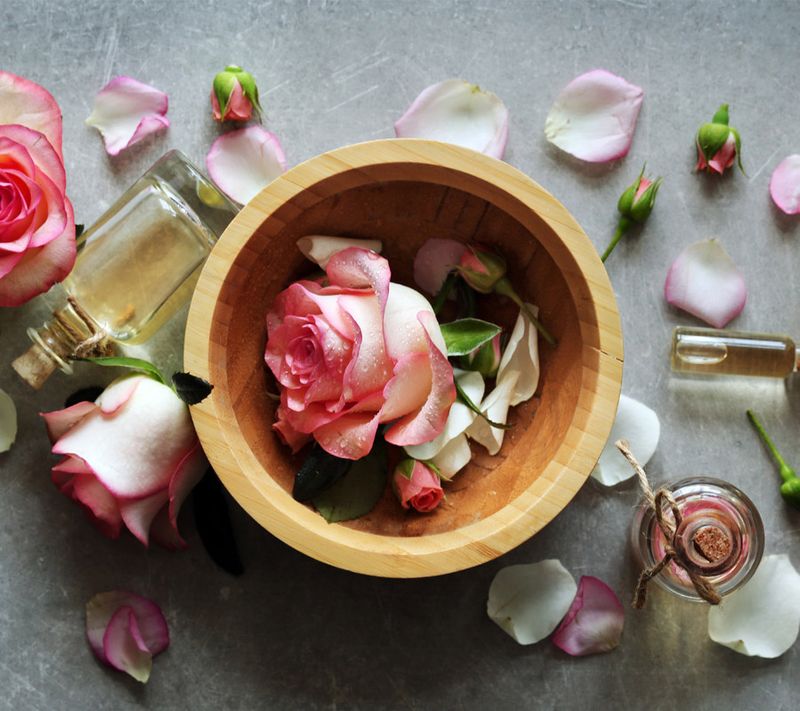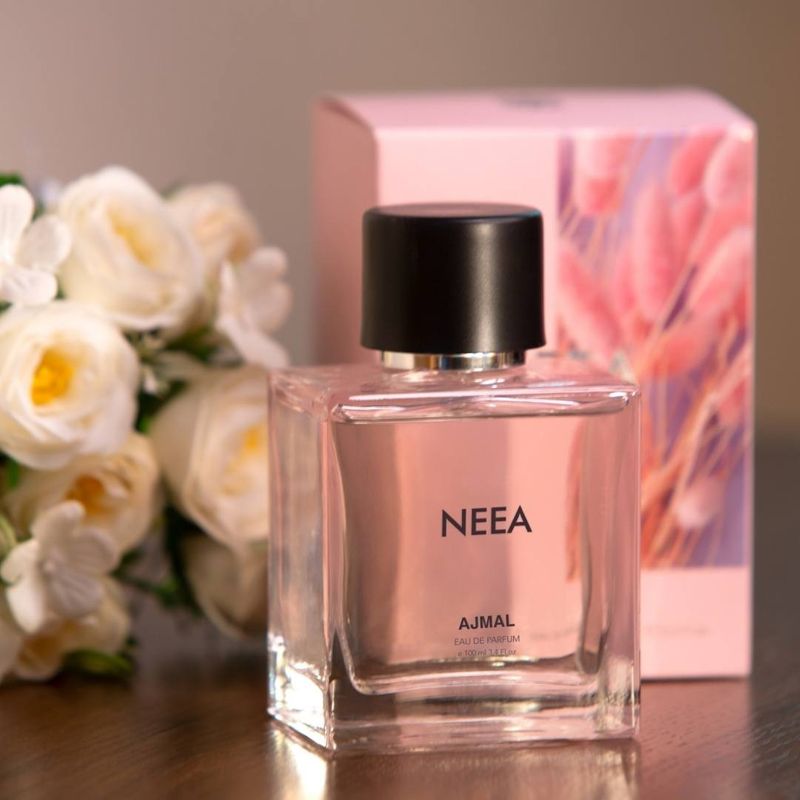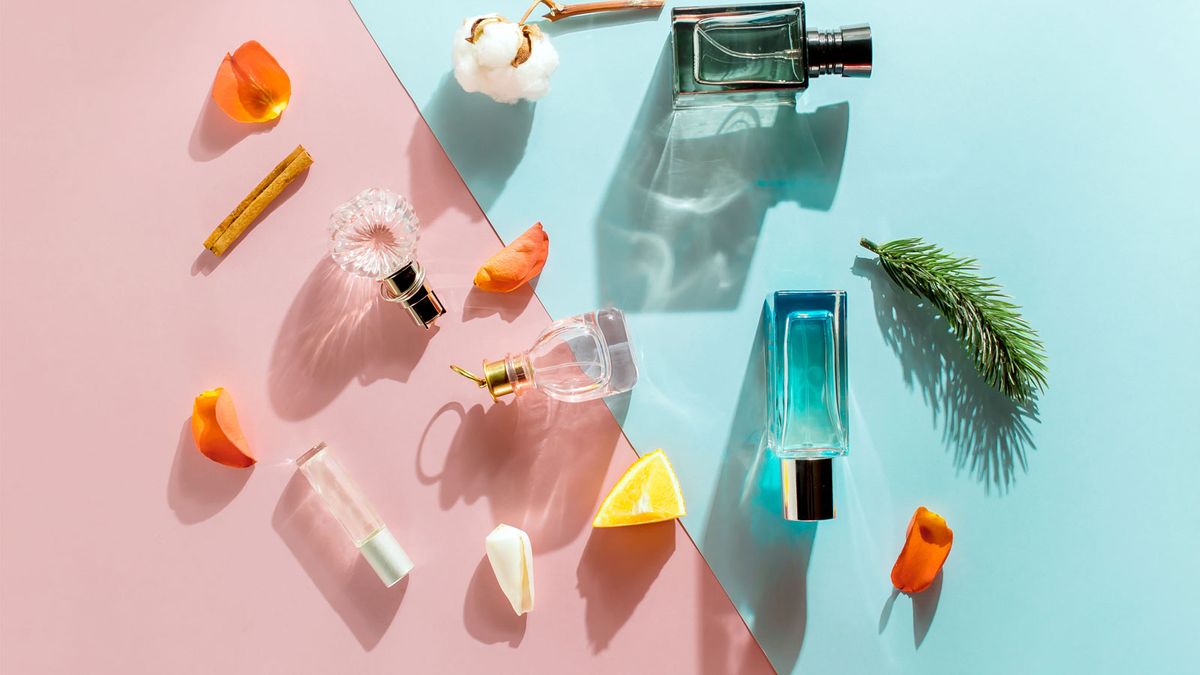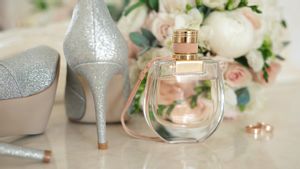Celebrated every year on March 21, International Fragrance Day marks the first recorded perfume creator Tapputi, in the Mesopotamia civilisation. The world of fragrance has since, progressed to form an enticing and lucrative industry.
Modern perfumery, credited to France, has also evolved over the years, first with the discovery of synthetics, and now by a wave of artisanal perfumers. As common perfume may be in our everyday lives, it has been a subject that is in equal measure intriguing. What makes us react to scent the way we do? How is smell measured? What is the connection of fragrance with nostalgia? A lot remains unanswered. Here, we make a small attempt to decode the more practical aspects of fragrance. How do you select and wear perfume?

Learn it all from Abdulla Ajmal, perfumist and business mentor of Ajmal & Sons, NHA division.
What is a perfume?
The textbook definition of ‘perfume’ is from Latin ‘per fume’ or ‘from smoke’. It comes from its usage as incense. Having said that, it came initially through incense, followed by aromatic balms and pastes. The oldest form of perfume was the ‘kyphi’, recorded by Egyptian priests that used a lot of balms and resins. It was used to embalm the walls and pillars of the Egyptian temples. Over the next few centuries, it was used by royalty and passed on to noblemen.

The true birthplace of perfume is between Arabia and India. Noor Jehan used to put rose petals in her bath and an aroma would emanate from it. The distillation process was discovered in Arabia. The essential oils distilled at the time is what we now know as ‘attar’. Every perfume starts as an attar. After that, you add water and alcohol. Overall, a tool used to fragrance is a ‘perfume’. The medium or type has evolved over the years.
Types of perfume
When a perfumer starts creating a perfume, they personify an individual. What would they like, what would they not? The first thing to create is the oil. A simple one would involve 20 raw materials. These could be naturals, aroma chemicals, and synthetics. Something complex could have as many as 143 raw materials, and more.
A perfumer needs to know the raw materials in their head, much like a chef. We have about 3,000 to 4,000 raw materials at our disposal when creating a fragrance, you can imagine how complex that can become.

‘Attar’, is the concentrate. The nucleus of every perfume is an attar. Once you’ve created what you want, that’s when you decide what you are aiming for. We often use the terminology ‘juice’.
For a cologne, I will use no more than 4 per cent for 100 ml. That would be an Eau de Cologne (EDC). Longevity: 30 mins to 1 hour.
An Eau de Toilette uses between 5-8 per cent for a 100 ml. At Ajmal Perfumes, we don’t go below 8 per cent. Longevity: up to 4 hours.
An Eau de Parfum between 8- 10 per cent for a 100 ml. We, at Ajmal Perfumes, use between 10 and 15 per cent for an Eau de Parfum. Longevity: between 6 to 8 hours.
Anything above that, up to 30 per cent can be called a Parfum, Extrait, or Intense Parfum.
After that is the Concentrate, which is 100 per cent oil. Concentrates often stay even after you’ve washed yourself or your clothes.
As the dosage increases, the price goes up as does the longevity. Good does not equate mean expensive, though. It depends on the raw materials used and the perfumer.
Tips to selecting a perfume

- Trust of the retailer and brand counts.
- Never pick a fragrance by smelling it on someone else.
- Try it on a blotter first, if you like it, don’t make the purchase immediately. Try it on your skin.
- Wear them on different parts of your arm, but don’t exceed four.
- Give yourself an hour or two and see how it evolves.
- What lasts through the day is the base note. The top notes last an hour, the heart between an hour to two. You want to evaluate the base.
Wearing a perfume

People wear perfume on their clothes. It’s not wrong. But perfumes are best used on your skin. That’s where you get the best performance. The same perfume smells different on your skin and that of others. It also smells different in changing weather conditions.
The worst that can happen is that it might make your skin a little dry. But if you are in the habit of moisturising your skin, you won’t face that problem. Marketers have always talked about wearing perfume on your pulse points. It’s where your pulse is racing, your skin is the warmest and it performs the best. Not necessarily true. You can wear perfume on any part of your skin.
I like to wear mine in an ‘M’ formation, starting at my arms and covering my torso. And then I wear it around my neck, which is the part of the body that is always bare. It’s also the part that comes into contact when you hug someone.
Selecting a perfume
The bottle and the packaging add to the indulgence aspect of perfumery. But you will not pick a perfume for the packaging the second time. Like food, you should try and identify the kind of person you are. What is your type? For instance, I don’t like sweet food. I love dessert but not sweet food. I am not a huge fan of butter chicken. In the same manner, you can identify the family of fragrances you fall within. Sometimes the colour of the bottle or the liquid can tell you what kind of fragrance it is. Pink, for instance, can be a fruity fragrance.

Go online and download something called the ‘fragrance wheel’. Most people should be able to classify themselves within these families. For instance, if you like ‘fresh’, you can tell the salesperson. That way you narrow down your choices. For if you try too many options, your nose tends to get tired and you might give up on the exercise altogether.
A perfume should be able to speak to you. It should tell your story and communicate what you want to, to the people who are smelling it. Thereby, fetching you a compliment. Over a period of time, people recognise you by the fragrance. That is the ultimate compliment.
Collaborating with the House of Anita Dongre
The House of Anita Dongre was looking for a partner to enter the fragrance market for their brands AND and Global Desi. Most global fashion brands of repute have fragrances. We also wanted to work with someone who has the presence and aura that would be synergistic. Our value systems are very similar.
It took us two years, between 600 to 1,000 AND and Global Desi customers, for research. We started with 42 different fragrances and closed in on four for AND and four for Global Desi. These covered fragrance families and moods. The AND fragrances are a bit sedate, for the working woman while Global Desi is more festive. The packaging reflects that too. For the design, we took a lot of inputs from Anita Dongre’s team. It was a proper collaboration. The consumer was most important and that’s why we went through a phase of consumer testing.



